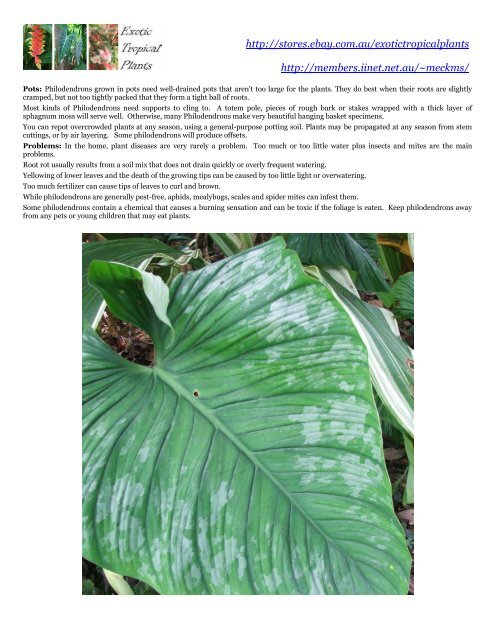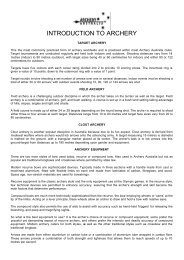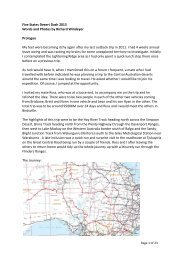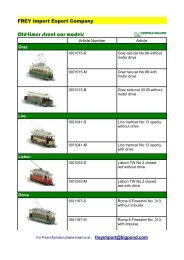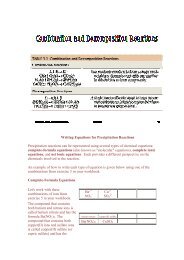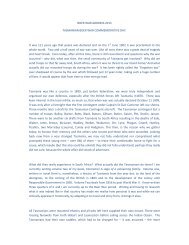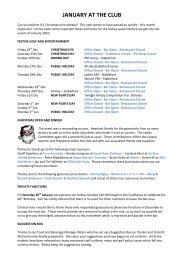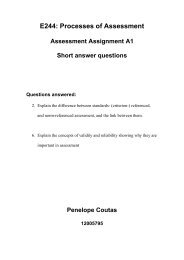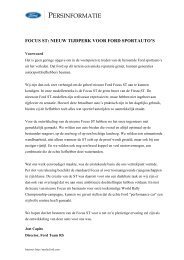Philodendron mamei - Buyers info - iiNet
Philodendron mamei - Buyers info - iiNet
Philodendron mamei - Buyers info - iiNet
Create successful ePaper yourself
Turn your PDF publications into a flip-book with our unique Google optimized e-Paper software.
http://stores.ebay.com.au/exotictropicalplants<br />
http://members.iinet.net.au/~meckms/<br />
Pots: <strong>Philodendron</strong>s grown in pots need well-drained pots that aren't too large for the plants. They do best when their roots are slightly<br />
cramped, but not too tightly packed that they form a tight ball of roots.<br />
Most kinds of <strong>Philodendron</strong>s need supports to cling to. A totem pole, pieces of rough bark or stakes wrapped with a thick layer of<br />
sphagnum moss will serve well. Otherwise, many <strong>Philodendron</strong>s make very beautiful hanging basket specimens.<br />
You can repot overcrowded plants at any season, using a general-purpose potting soil. Plants may be propagated at any season from stem<br />
cuttings, or by air layering. Some philodendrons will produce offsets.<br />
Problems: In the home, plant diseases are very rarely a problem. Too much or too little water plus insects and mites are the main<br />
problems.<br />
Root rot usually results from a soil mix that does not drain quickly or overly frequent watering.<br />
Yellowing of lower leaves and the death of the growing tips can be caused by too little light or overwatering.<br />
Too much fertilizer can cause tips of leaves to curl and brown.<br />
While philodendrons are generally pest-free, aphids, mealybugs, scales and spider mites can infest them.<br />
Some philodendrons contain a chemical that causes a burning sensation and can be toxic if the foliage is eaten. Keep philodendrons away<br />
from any pets or young children that may eat plants.


